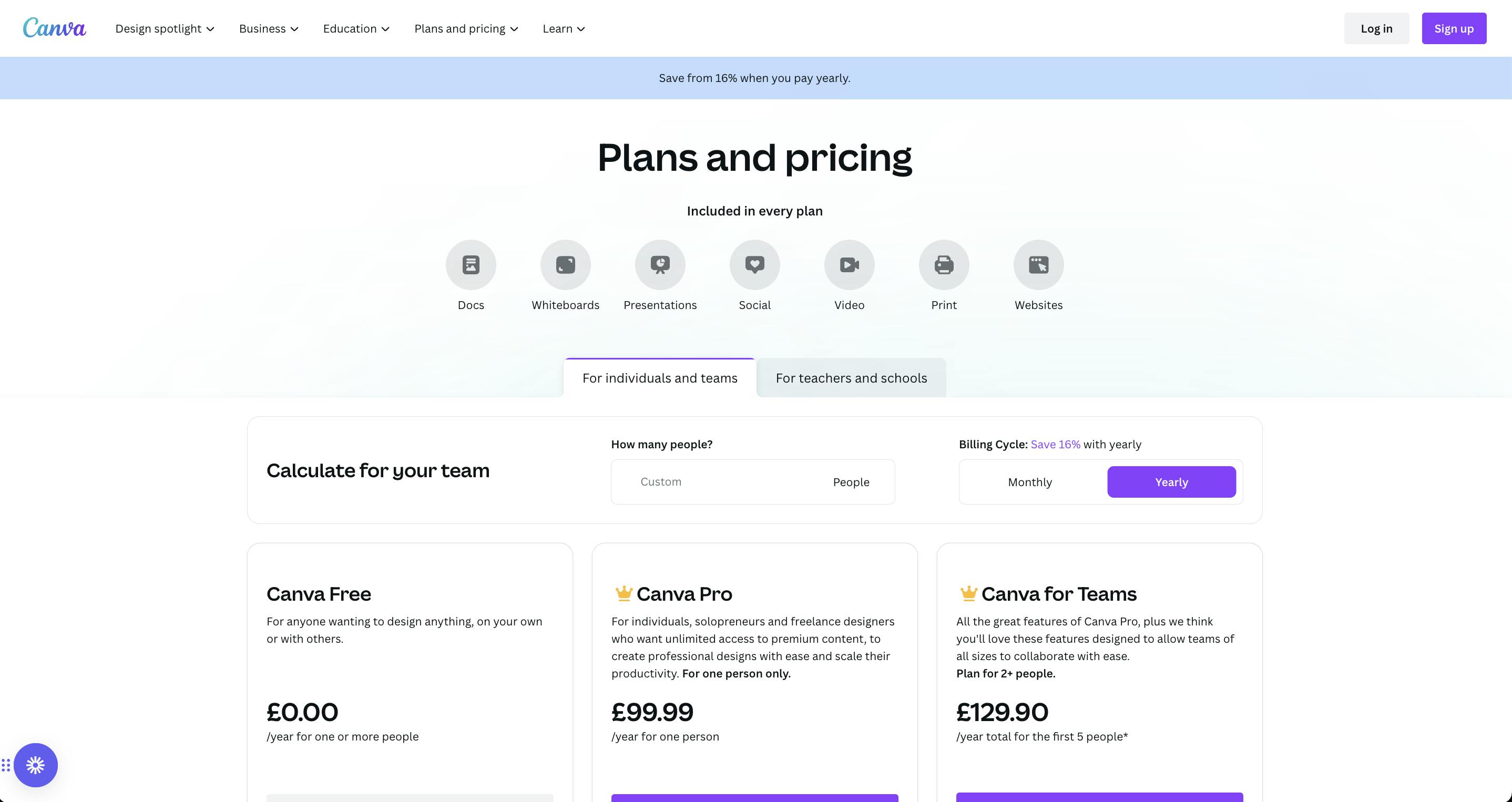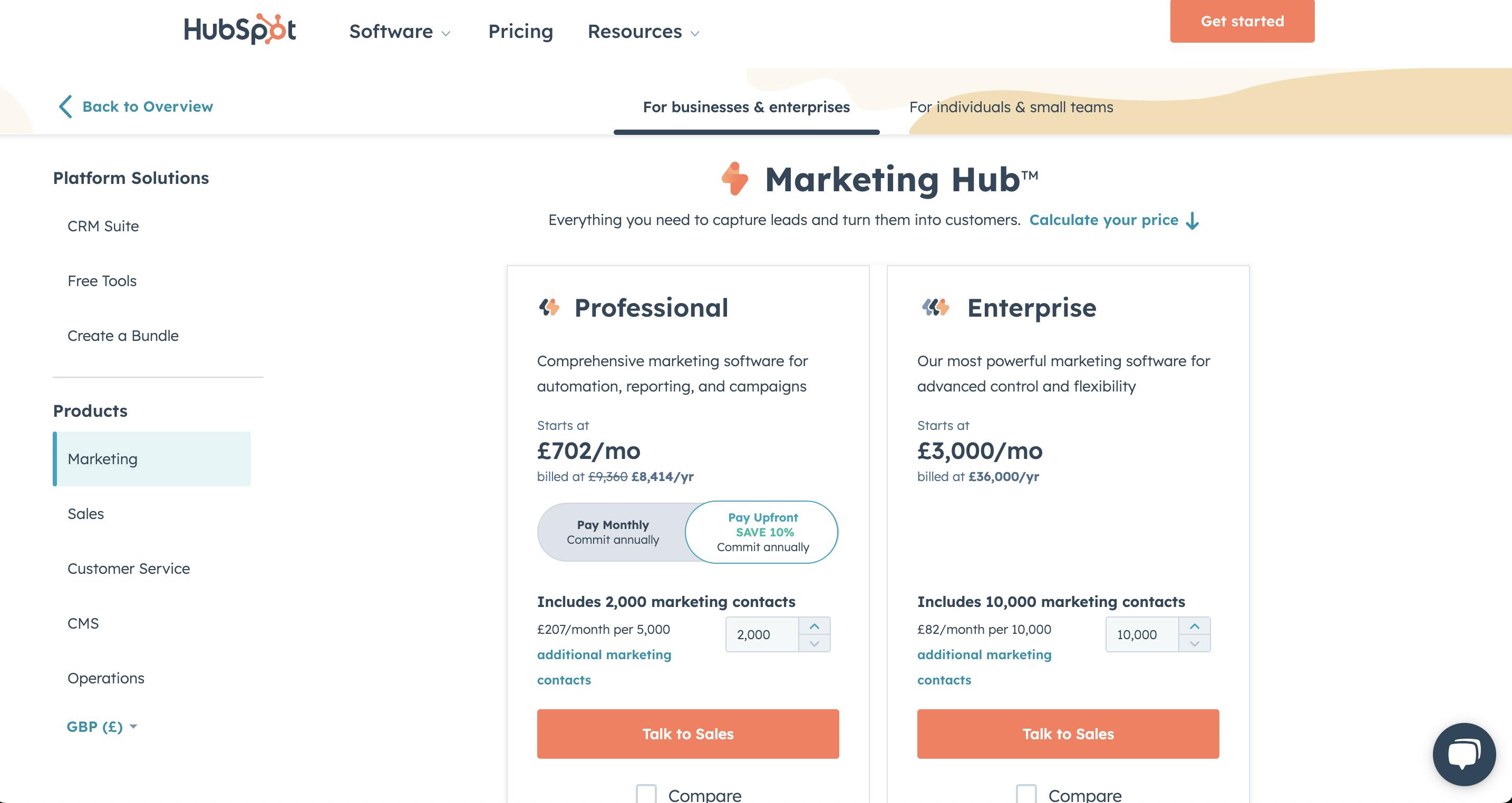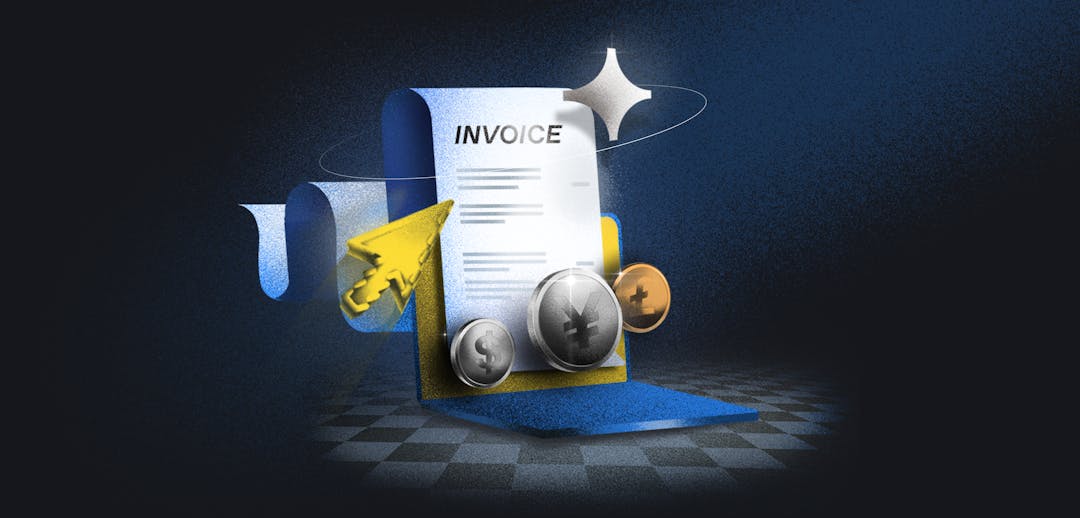SaaS businesses are changing how they think about their pricing models, from the rise and dominance of PLG to the shifting mindsets around feature robustness. Here are five SaaS billing trends you should care about in 2023.
A quick note on Price Intelligently: Our strategists have seen inside of more subscription companies than anyone else on the planet. Drawing on 10 year’s experience in the industry and wealth of data and expertise, this team is ideally placed to share insight into the evolving SaaS billing landscape. That is the aim of this resource, to deliver actionable advice you can use to drive growth. Our strategists work with brands everyday to deliver tailored insights into their customer segments and high-impact pricing strategies that drive revenue and retention. You can get in touch with the team to start a conversation and get some free, actionable insights to improve your pricing.
SaaS billing is constantly evolving, and this past year is no exception. Customer acquisition costs are up and customer retention has become a real challenge. It’s time for businesses to face the reality: the days of pouring money and resources into these parts of the revenue funnel are behind us. It’s time to roll up our sleeves and look for fresh approaches that make a real impact.
Our pricing strategists have seen inside more subscription companies than anyone else on the planet. We work with SaaS businesses everyday on their biggest growth lever in their arsenal: Pricing.
We’ve seen some serious shifts in how SaaS businesses are approaching the pricing models. The rise of PLG and the shift in the way features are valued is transforming the SaaS landscape. Things are different now and assumptions we once relied on may no longer apply.
Follow along as we unveil the latest insights in the world of billing trends. We’ll also share some actionable steps or questions to consider that you can take to propel your business forward and increase your market share.
#1: Product bundling
We are frequently asked about product bundling and the best ways to implement it - this is when you bundle two or more products together as a package deal.
Bundling allows customers to purchase multiple products or services at a discounted price and in the most cost-effective way based on their needs or wants. For the customer, this shift towards bundling makes it easier to make seamless purchasing decisions, reducing barriers to entry.
For example, offering four point solutions and an all-in-one-bundle at a 30% discount.
Growing SaaS businesses lean more towards product bundling as it leads to revenue growth and increased adoption across the overall product suite. Bundling can also increase the average revenue per user (ARPU), reduce churn rates, and improve customer retention by offering a more comprehensive solution with features they receive value from.
That said, product bundling might not be the best option for your business. Your billing platform needs to be able to facilitate that level of product segmentation or upgrades. Taking customer needs and preferences into account, as well as your pricing strategy and the costs involved in bundling, is important. If the bundle doesn't catch the customer's interest or doesn't align with their needs, it might not boost sales or revenue at all.
You’ll need to make sure you understand what your customers truly value in your product. User data is a good place to start, what features are your customers using or not using? Then consider how you can price your bundles with a discount high enough to attract customers, but not so high that you don't benefit from the increased sales. Looking at your existing KPIs will give you an idea of how profitable each product is on its own and how much wiggle room you have.
Next, consider the customer’s who would most benefit from the product bundles. The more information you have about your customer, the better informed you'll be on how to approach bundled products.
#2: Hybrid/ multi-structure options
SaaS brands we work with are starting the experiment with billing structures that offer a hybrid approach between a pay-as-you-go (PAYG) and subscription billing. For example, you could offer a free, PAYG, hybrid and flexible subscription, and fixed subscription plans to customers.
The aim is simple: attract a wider market share and provide flexibility. Smaller customers or those with occasional product usage often prefer the PAYG method due to its pricing flexibility. On the other hand, larger customers value the predictability of fixed subscriptions.
Canva, for example, has a product-led billing motion, an in-app purchase option for assets, tiered plans for businesses and separate plans for schools and teachers.

Hubspot is another brand that offers multi-structure options from purchasing a full suite to creating your own bundle.

How do you know if your product bundling is working? Keep track your upfront net sales, product adoption rate and acquisition cost. By bundling relevant products as a package, you are positioning your product to offer more value per purchase to your customer and building brand loyalty through product adoption.
Sounds great in theory, but it's more complicated in practice. Tools and expertise are your greatest friends here. If you already have a billing platform that allows for flexible subscriptions, you're already off to a great start. However, if you don't have one, it's important to prioritize it early on. Otherwise, you'll end up dealing with a complicated billing system, making tasks like revenue reporting and recognition difficult and time-consuming.
As a first step, you’ll need a "discovery phase" to clearly understand your goals and KPIs. Think about your customers, their usage of your products and your product types to decide which of these fits best for you. Then think about your internal billing infrastructure and establish any gaps or needs you have. We work with brands everyday and have a proven process to do just this.
#3: Simplified feature differentiation
Buyers today expect feature robustness and received value from your SaaS product, regardless of the subscription they choose. As a result, we are seeing more SaaS businesses providing customizable subscriptions that allow customers to base their purchasing decisions on their needs, rather than feeling boxed in by their size.
Size-based pricing plans will force some customers to pay a higher price for a “premium” plan just so they can access some of your features they need. Those customers won't really get their money's worth if they're not making use of all the features. Ultimately, they might decide to look for alternatives. They’ll go elsewhere. If they can't afford your product right from the start, they're likely to take their money elsewhere too.
The days of having three core plans based on business size is no longer fit for purpose. Instead, we are seeing brands like Workable, provide feature-rich plans with customizable business or user sizes. This gives customers the flexibility to access the features they value the most while still paying the price appropriate to their size.

Just like the first two trends, you’ll need to have a firm grip on your value metrics such as users or seats or even the number of certain products like videos. Does your value metric align with the customer's needs? Is your value easy to understand? Does your value grow with your customers? That way you know what features are expected across all your customer segments.
You’ll also need to find the right balance between offering feature-rich plans without confusing your customers or hamstringing your internal teams with complicated billing platforms. The perfect balance is the pivotal factor that sets apart those who dominate the market and those who fall behind, surrendering customers to the competition.
#4: Product-led growth (PLG)
PLG has proven its effectiveness in driving customer acquisition, adoption, and retention. We are consistently seeing SaaS businesses use PLG as a vehicle to either move downmarket or move into international territories without a physical presence.
In some verticals, a PLG billing motion and some form of freemium model are table stakes. If you don't have one in place you're at risk of being disrupted by the next competitor who does. It’s not a nice-to-have. It’s the key to survival in these markets.
That said, how you monetize your PLG billing model will depend on a couple of factors. If you offer a free trial or a free plan, how will you ensure feature robustness and value realization? How are you going to move customers from freemium users to paying, recurring customers?
When thinking about your PLG model you’ll need to think about your product and how you're going to be creating a reliable and frictionless user experience. The more seamless the user experience of your product and the quicker the route to value realization, the more chance you have of converting your free customers to paid.
Understanding your value metrics, and who your buyers and users are will ensure you know how to offer a freemium product with the quickest route to value realization. Pricing experts can help guide you through this process. Even if you have an internal pricing team, pricing experts with data and benchmarks will help you make informed decisions about your buyers and value metrics.
#5: Pricing localization
Localization goes beyond any trend, it’s the real key to selling SaaS across borders. Cosmetic localization, such as surface-level adjustments for each region, can make a difference. But it’s true localization, including market-specific variations like regional pricing, that will truly set you apart.
True localization helps you convert free users to paying customers by modifying pricing (and therefore providing true value) for customers in each market. Adjusting pricing to local conditions boosts revenue by 30%. A localized checkout, including adding local currencies or payment methods, can increase your conversions by as much as 72%.
Then there’s willingness-to-pay (WTP) - it is crucial to revenue optimization. Setting prices too low may leave money on the table, while setting prices too high can deter potential customers in other locations. Blend research into local conditions with benchmarking tools and CRM monitoring to determine what your customers are willing to pay for your products.
Building a localization strategy for your pricing should be high on your agenda and having a billing platform that can be easily updated across different regions will enable you to test, land and expand in new territories in a much more efficient and cost effective way.
Check out this guide on selling SaaS across borders. The guide explores jobs to be done across teams and functions to successfully scale your SaaS business globally, including price localization.
Why one pricing change isn’t the end
As pricing strategists with more than 10 years of industry experience, we often get the question, “so how often should we change our pricing?”. Given the five billing trends we are seeing emerge in the market, how do you know what is right for your business?
Ultimately, your pricing should be iterative, drawing on as much insight and data as possible to make each change. In our experience, companies who perform best are typically re-evaluating their pricing strategy every three months on a pricing committee, and making changes every six months.
You might have a pricing committee internally who agree, but they lack the data or are blocked by internal resources or biases. Looking outwardly to pricing experts in the field is a good step to determining the next iteration of your pricing strategy. One thing we can’t stress enough is how important optimizing your pricing is to the success of your business. No other lever will have more of an impact on your revenue.
Regular evaluation and optimization, along with keeping a finger on the pulse of emerging billing trends, will be key to surviving and thriving in the dynamic SaaS landscape.



